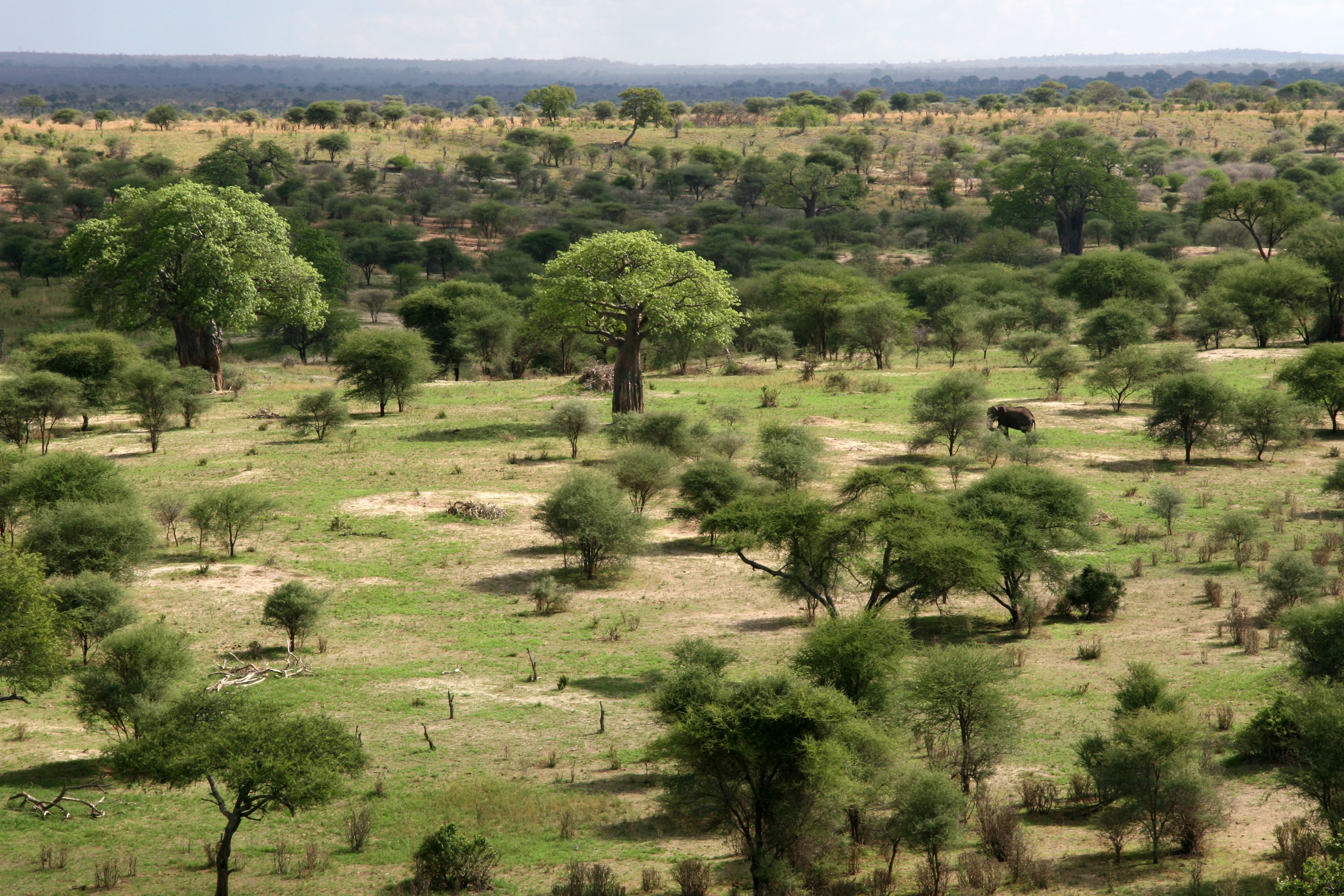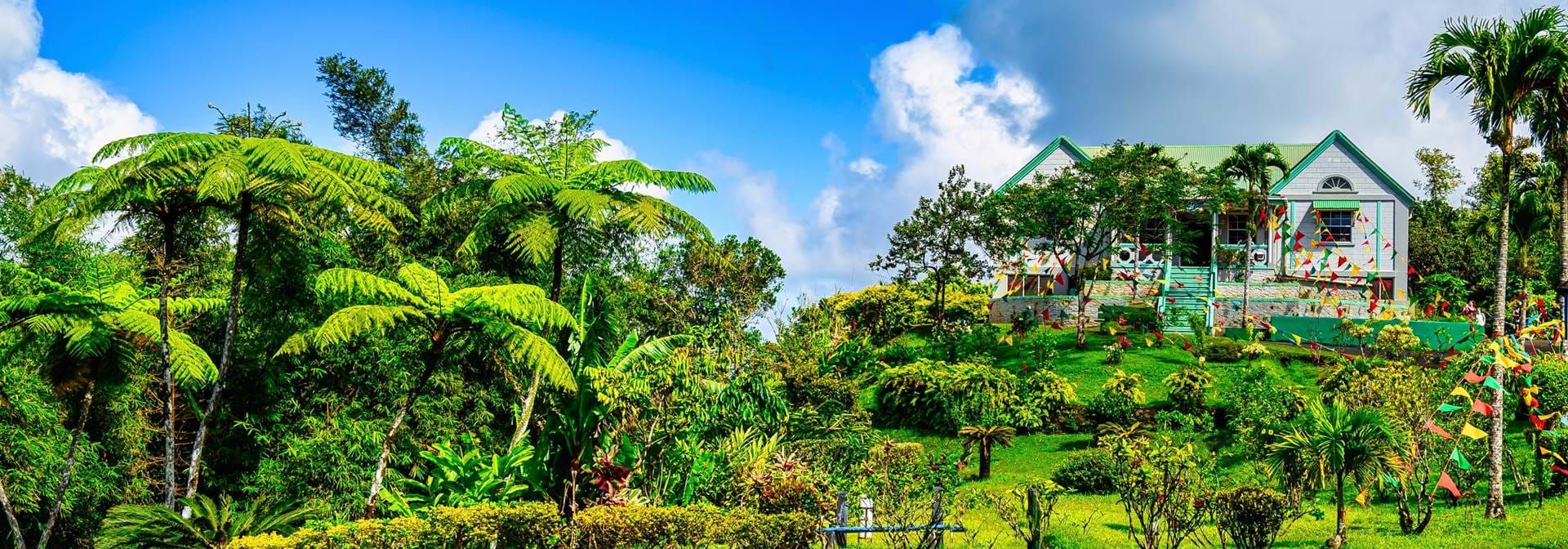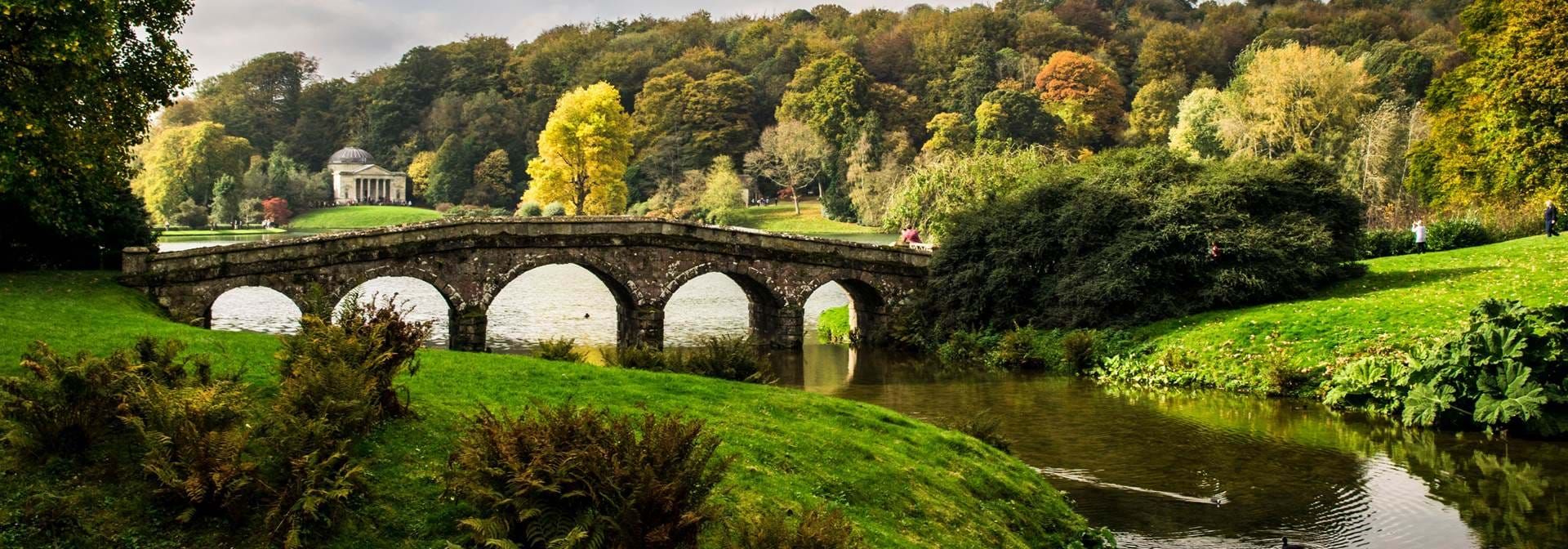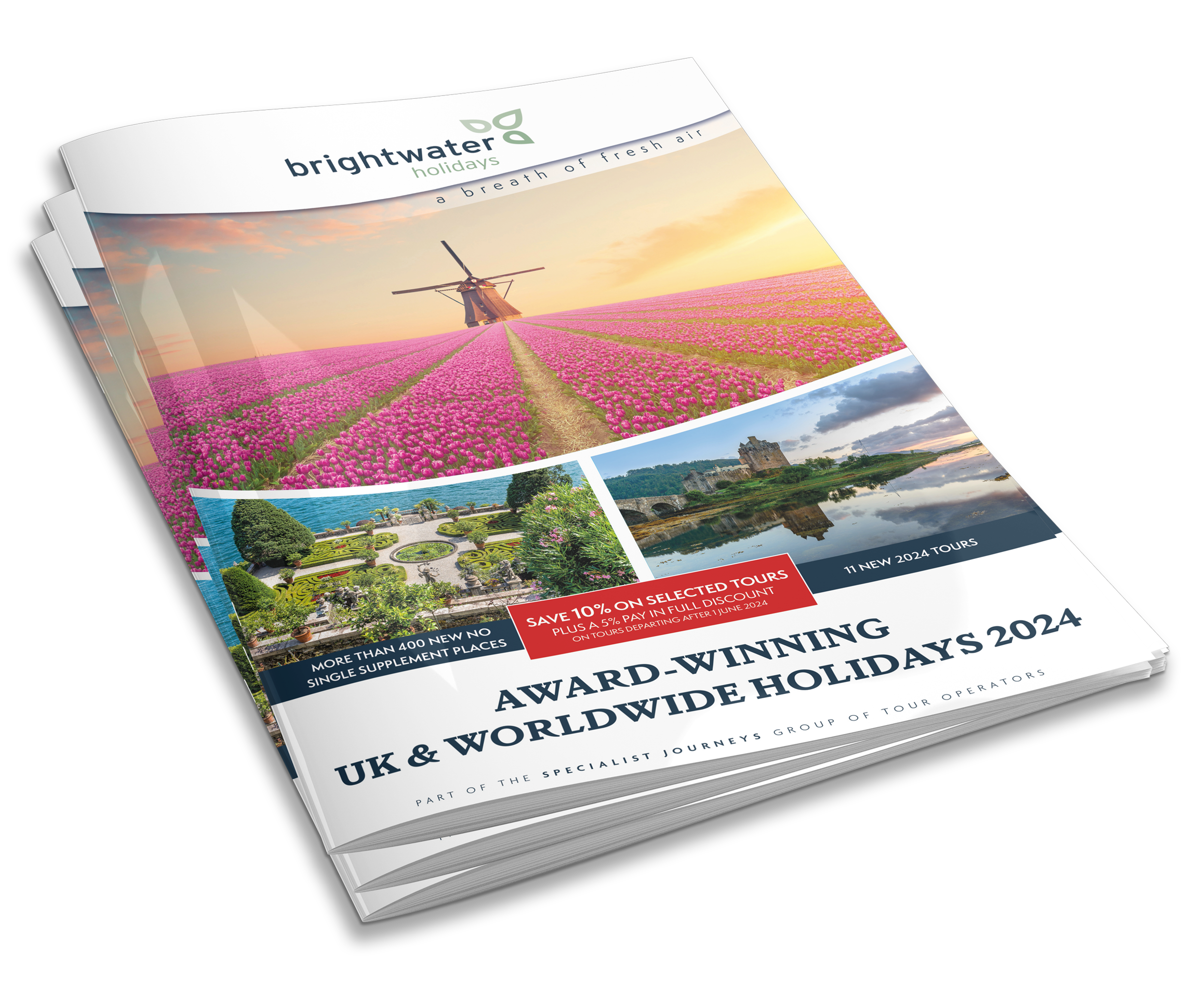
On Holiday with Sue Pomeroy in Tanzania
Get some insight into our Birdwatching and Wildlife Safari in Tanzania holiday with tour manager Sue Pomeroy.



Opt-in to our email newsletter and hear about new offers first – view our privacy policy for details.

The team is available Monday to Friday from 8am – 6pm (GMT)
Call us: 800 782 0295